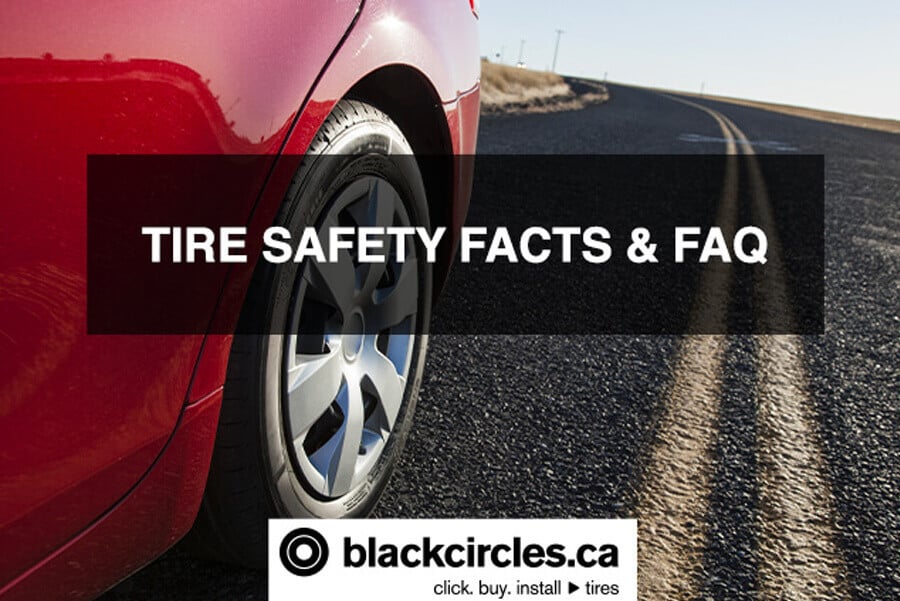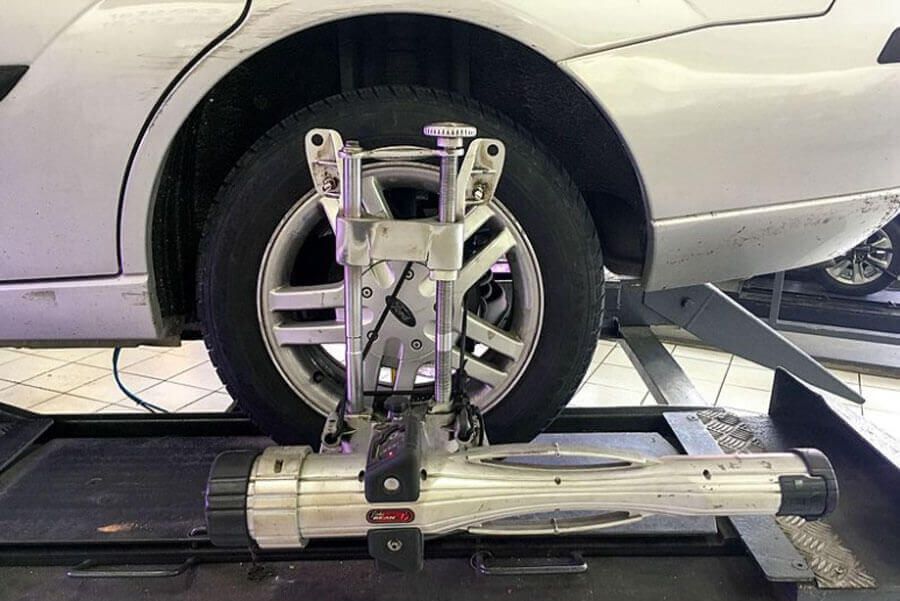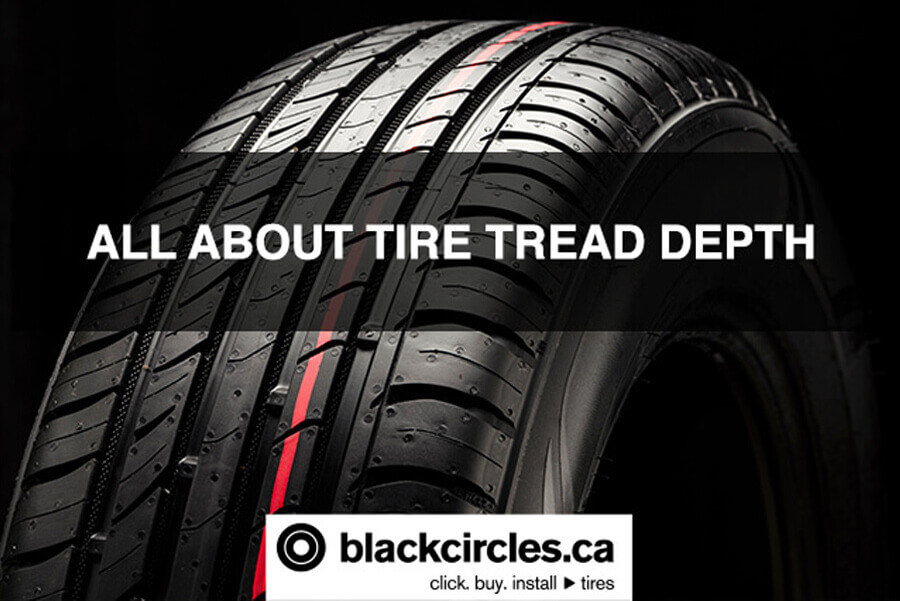When you think about tires, you should think about safety. It’s important to realize that your tires are one of the most important aspects of your vehicle in terms of safety. Tires are your vehicle’s connection to the road, and keeping your vehicle on the road, and running safely, is an important aspect of vehicle ownership, along with regular tune-ups like checking your brakes, ensuring fluids are topped up and other regular maintenance.
So -- As a driver committed to safety, it makes sense to know exactly what is going on with your tires. Issues to be concerned about can include tire inflation, tread depth – the condition of your tire tread – and other wear conditions such as tire bulges, having the right tires installed on your vehicle for the weather conditions etc.
Along with all the other items you need to manage to look after on your car or truck, keeping up with tire maintenance should be near the top of your list. If you are wondering what exactly are the most important tire safety facts to keep in mind, no worries, the team at blackcircles has compiled a simple and easy tire safety FAQ so that you can keep on top of your tire maintenance and safety.
Tire Safety FAQ
With your safety and your tires top of mind, the tire experts at blackcircles Canada – the best place to buy tires in Canada online – pooled their expertise to come up with an easy and fast way to ensure your tire safety – the Tire Safety FAQ. Here, we will give you information on issues such as DOT tire inspection, tire pressure, tire tread depth, tire bulge, tire sidewall damage and how to inspect your tires for wear and overall tire condition.
When is a tire too old to be safe?
If you are wondering if your tire is too old to be considered safe, then you are not wrong. Generally, based on information from safety organizations and the tire manufacturers themselves, you should replace any tire – regardless of tire condition – once it has reached 6 years from the original date of manufacture. How can you tell when your tire was manufactured? It’s simple. On the side of your tire there is a series of numbers and letters called the DOT.
Do a DOT tire inspection and look at the last four digits. The first two numbers tell you what week of the year your tires were made, and the last two numbers represent the year. So, if this year is 2021, then you should look at replacing your tires if the last two digits are 15 or lower (2016).
Tire Tread Depth
Another factor in tire safety is tire tread depth. According to the tire experts at blackcircles, and tire manufacturers and safety organizations, tires run optimally with a tire tread depth of 6/32 inch or 4.8 mm. To measure tread depth, please read our other blog, how to measure tire tread depth on our website at blackcircles.ca.
Safe tire tread depth in inches
In terms of tire safety, if your tire depth is 4/32” or less, then you should be in the market for a new set of tires. Anything less than 4/32”, and your tires are beginning to lose their ability to grip the road properly and are heading toward becoming bald, and are considered unsafe.
Is it safe to drive on bald tires?
If you find that your tires are 2/32” or less in depth, then you should immediately stop driving and buy a new set of tires – as these tires with their tread depth of 1.5 mm are not safe to drive. While you can still measure the depth of your tread on bald tires with a coin, you may also notice that you can see some of the inner construction of the tire beginning to show through the rubber compound, and this means these tires are unsafe for driving.
Safe Tire pressure
Another important safety factor in determining tire safety is ensuring that your tires are inflated properly. The good news is that this information should be relatively easy to find, either on a sticker that has been placed on the inside of your car door, or in the maintenance section of your vehicle manual. Each vehicle has been tested to run on tires that have been inflated properly.
How to check tire pressure?
To check your tire inflation, it is best to use a tire inflation gauge, which you can buy from a regular hardware store, or you can use the gauge that is available at tire pumps that you often see at service stations. To get an accurate reading you need to unscrew the air cap and attach the gauge, then simply take a reading from the gauge. Both overfilled and underfilled tires are unsafe, so please be sure to inflate to the level suggested in your manual.
How to inspect tires for wear?
Other factors to consider when thinking of how to inspect tires for wear include a visual inspection of the tire. Park your vehicle in a safe flat area and do a full 360-degree walkaround and look at each tire. Assuming that you have checked both tread wear and pressure, other issues you may notice are tire bulges, or tire sidewall damage, and of course any punctures from nails or screws. Issues with the tire sidewall such as bulges and punctures are a common cause of flat tires.
Is it safe to drive on flat tires?
If you have a flat tire, and you don’t have tires that are self-sealing or have run flat technology, then you are dealing with a major safety issue. Please note that it is not safe to drive on flat tires. In addition to causing issues with steerability and control, if you drive on a flat tire, you could cause permanent and costly damage to your tire rim and other parts of your vehicle. If you experience a flat tire, get to the closest area of safety and use your phone or connected car apps to contact a tow truck or tire service.
You should always remember that maintaining tire safety should be one of your prime concerns as a car driver. And don’t forget to check tires on your trailers, RVs and other towed equipment as well, as these tire safety rules also apply. And, if you have any questions on the safety of your tires, or a tire that you are thinking of purchasing, turn to a company with significant experience in tires, such as blackcircles Canada.







